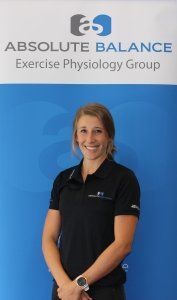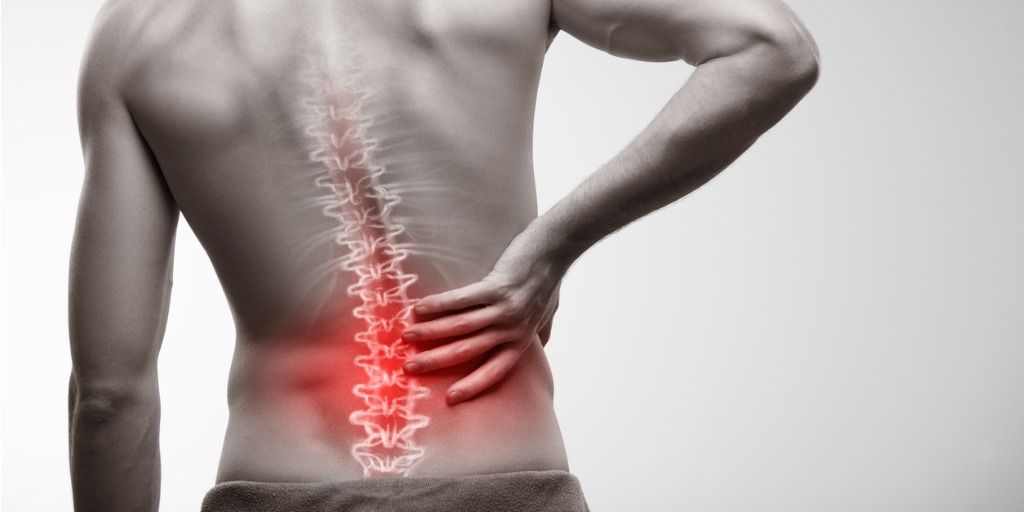The PAWfect exercise buddy
Do you own a dog? We all love our four legged friends and guess what they make the PAWfect exercise buddy – they could be the main reason that many people participate in physical activity.
Here are 4 Reasons how your doggo is good for your health:
1 – THEY KEEP YOU ACTIVE:
It can be pretty hard to find the motivation to get out of the house and go for a walk/run, but when you look over and see those literal puppy dog eyes, it makes it extremely hard to say no.
Having a dog is a great excuse to engage in outdoor activities, especially walking and running which carry huge health benefits.
2 – THEY GET YOU OUTSIDE
Research suggests that exercising outdoors can contribute to a reduction in stress and improved mood. Fresh air as mentioned in a previous blog is extremely beneficial. The dose of Vitamin D from sun exposure helps fight mental conditions such as anxiety and depression and is also great for bone health. Fresh air also releases serotonin, the “feel good brain chemical”, making you feel perkier than you may have done when inside.
3 – THEY REDUCE STRESS AND ANXIETY
There is research to suggest that the company of your pet can have effects on reducing stress and anxiety, in turn reducing blood pressure. They are your most trusted confidant, and non-judgemental friend.
4 – ITS FREE
Although your dog may cost you a small fortune in food, treats, vet bills and maybe outfits, taking him for a walk/run is completely free and absolutely priceless in terms of the benefits to your health.
So maybe……A dog is the answer to a healthy lifestyle?

Line Malan
Exercise Scientist
References:
Knight, S. and Edwards, V., 2020. In The Company Of Wolves.
Ocregister.com. 2020. Power Of Pets: Exploring Psychological Effects Of Adding A Dog To The Family – Orange County Register




